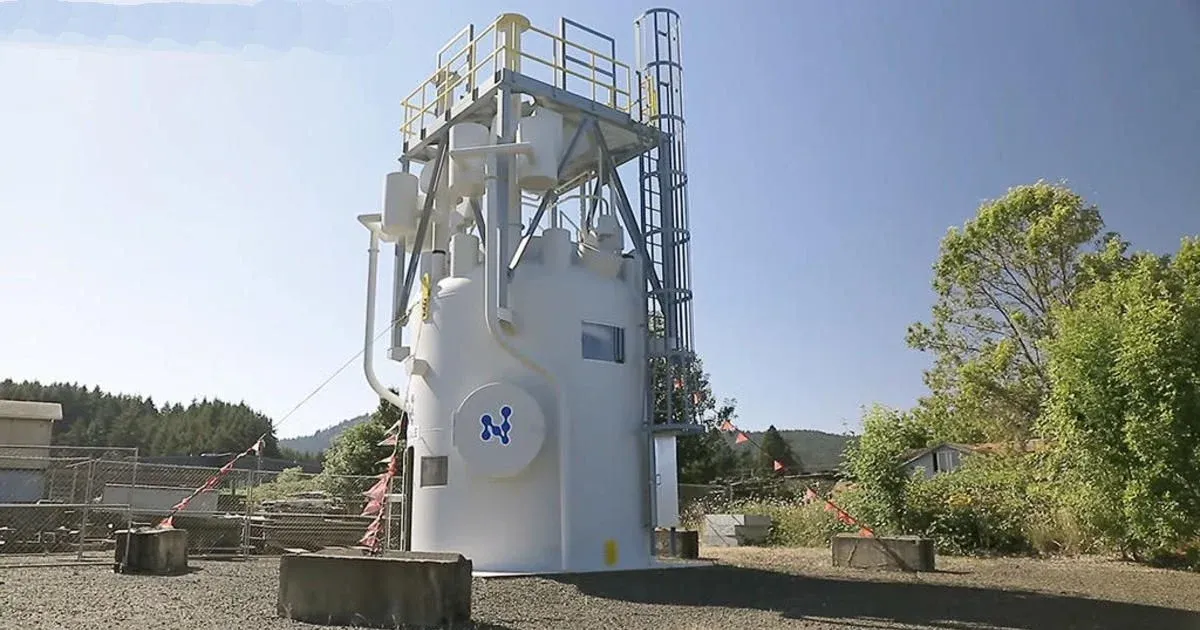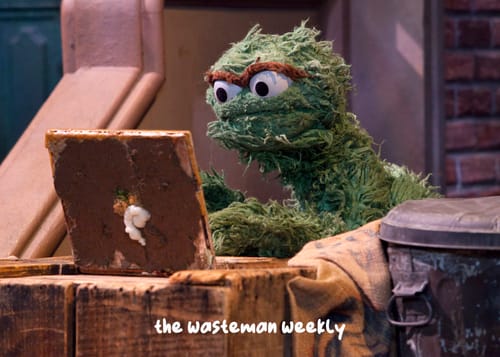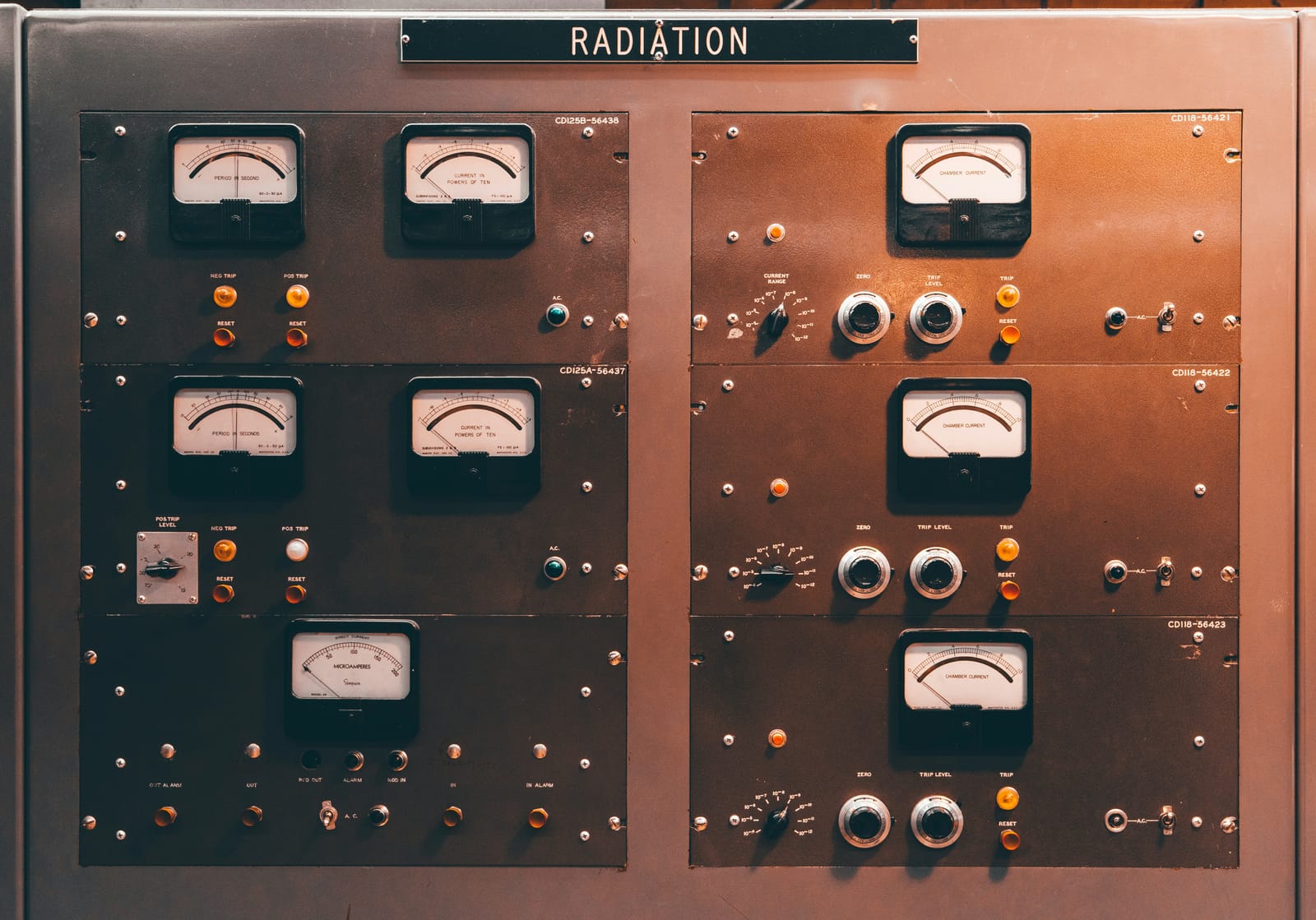On one end of the spectrum there's energy by way of gas and coal, and on the other end of the spectrum is energy from solar and wind. That leaves nuclear to fit in…somewhere in-between.
Why We Need Nuclear
The world's most prominent minds have stressed the vitality of nuclear energy in our transition to a net-zero future, even despite its imperfections. Global energy demand is inevitably increasing, and in order for us to keep up we'll need reliable, safe, and immediate energy with a low carbon footprint and price - a prime opportunity for nuclear power. At the moment we stand at a crossroads, where none of the other clean sources are as reliable, and none of the other reliable sources are as clean. But this is where key innovations in nuclear will step in, such as SMR (small modular reactors) and the usage of more efficient materials like liquid metals instead of water to absorb excess heat.
How does Nuclear Energy Work?
Here's the boiled down version:
Splitting atoms to release energy, a process known as nuclear fission, that heats water around it to produce steam that spins turbines to make electricity. Easy enough right? It's not like its rocket science…
Addressing the Elephant in the room
Although nuclear has incredible capabilities to bring us clean energy, it doesn't come with its lack of faults. Plants are generally very expensive and can take a long time to build, and human error poses the potential to cause major accidents - most notably the ones at Chernobyl, Fukushima, and Three-Mile Island. There's also the headache of dealing with radioactive waste, one of nuclear's less acknowledged downsides. Still, one of the biggest issues with nuclear energy thus far has to be its perception among the general public, leading to apprehension that has stunted impactful growth in the field since its inception.
How do SMRs work?
Recently there's been an influx of interest and investment into SMRs as a way of providing a safe and nimble source of clean energy. These powerplants are essentially smaller nuclear reactors as much as 5 meters in diameter and 10 meters in height and produce anywhere from 20-300 megawatts of energy - that's about 1/3 of what traditional nukes produce. To put that into context that's enough to power anywhere from 20,000 - 70,000 homes, like your average suburb, whereas traditional nuclear plants can supply entire cities in some cases.
The key for SMR's however is the "M" meaning modular - this allows reactors to be built in factories and shipped for assembly on site, cutting down significantly on costs, construction time, and allowing for greater location flexibility closer to demand. Public appearances may still take time, seeing as the only ones currently in commercial operation are a pair of smaller units deployed by Russia in the Arctic in 2020, and China set to begin trials in 2026.

What will SMRs mean for us?
SMRs and the future of nuclear power hold a lot of potential in the near and distant future, granted we can find and successfully deploy solutions to the less desirable factors mentioned earlier. With a newfound urgency, attention, and investment from players like Bill Gates, Warren Buffett, Rolls Royce Holdings, and major nations, nuclear may very well be able to reinvent itself, at the bare minimum as a transitionary or supplementary solution for immediate power generation in our quest to net zero. Still, the economics will remain a significant hurdle, the main inhibitor for the US's first commercial plant which was cancelled in late 2023 due to rising costs. Next week we'll take a look at some of the other innovations in nuclear and what our friends across the praire in Wyoming may have in store - keep an eye out.








